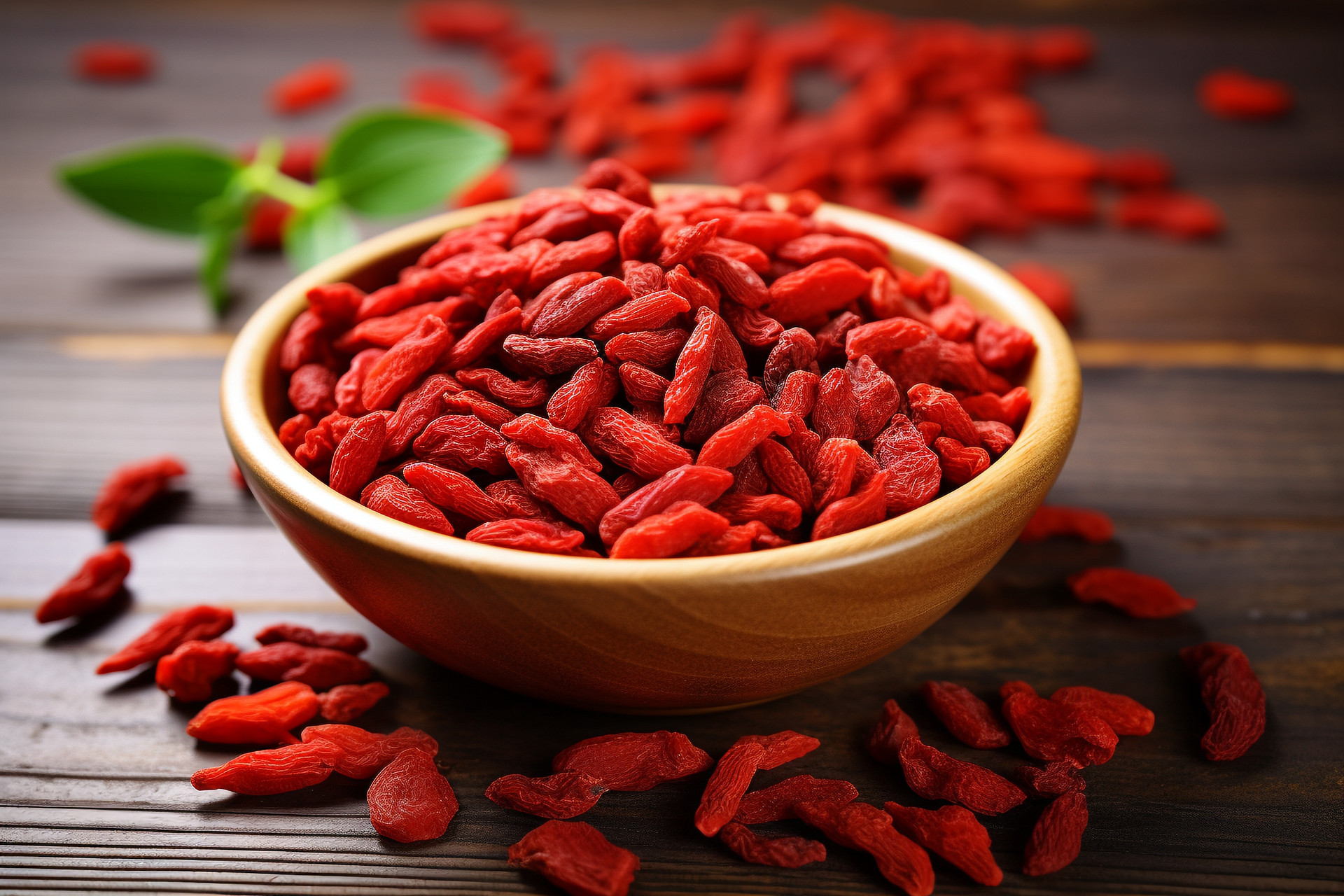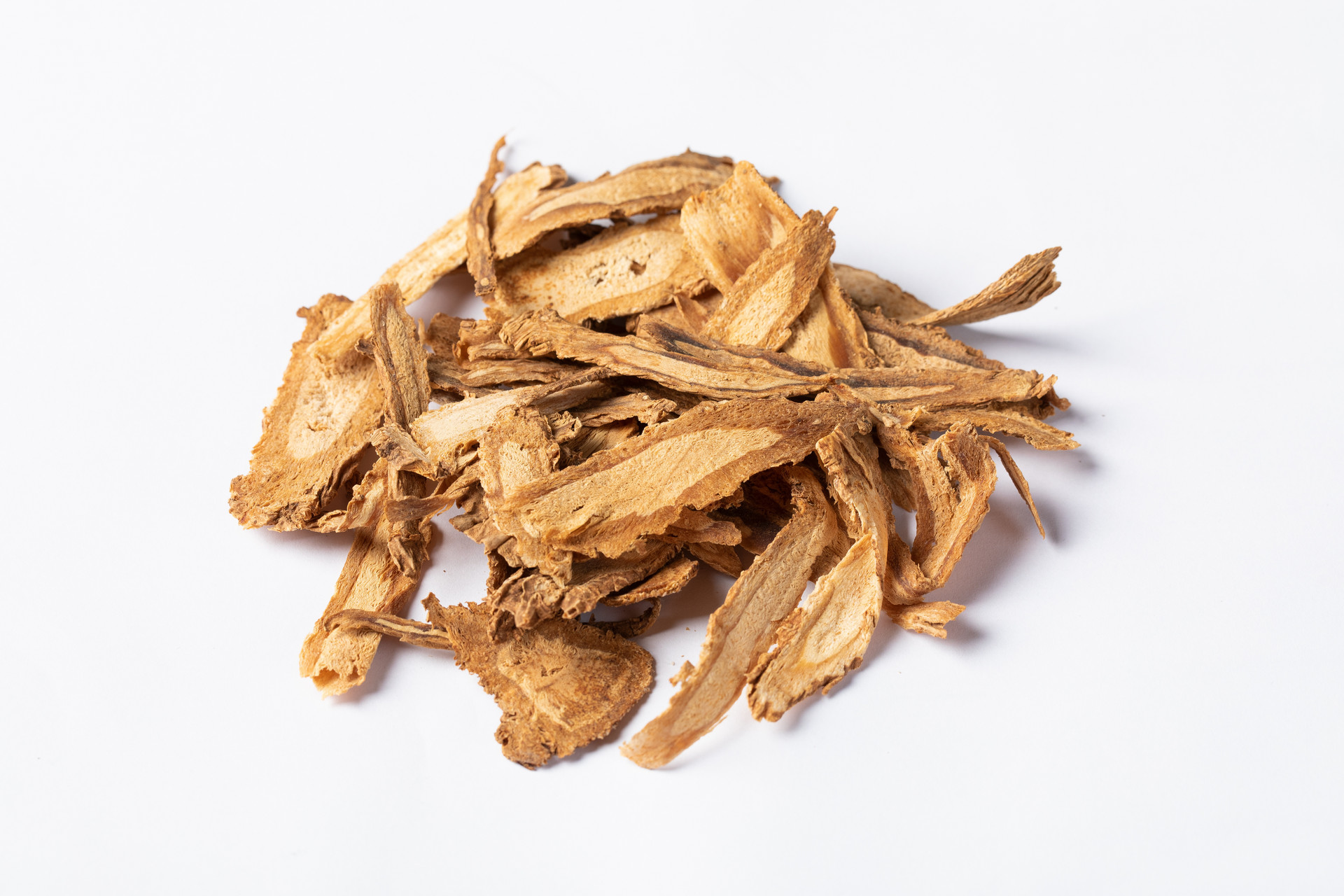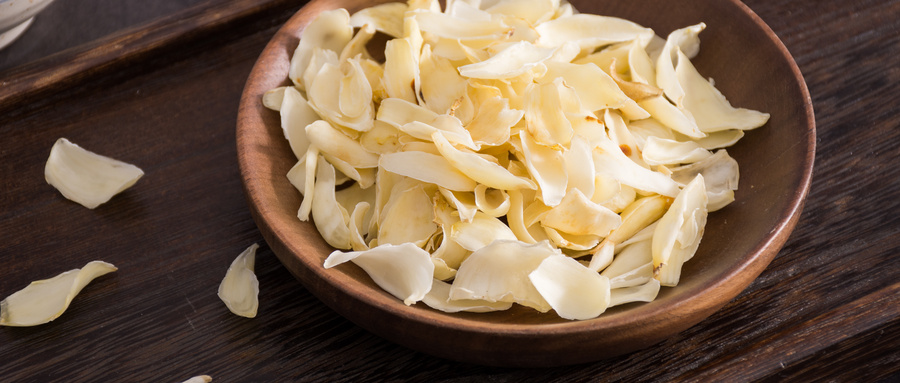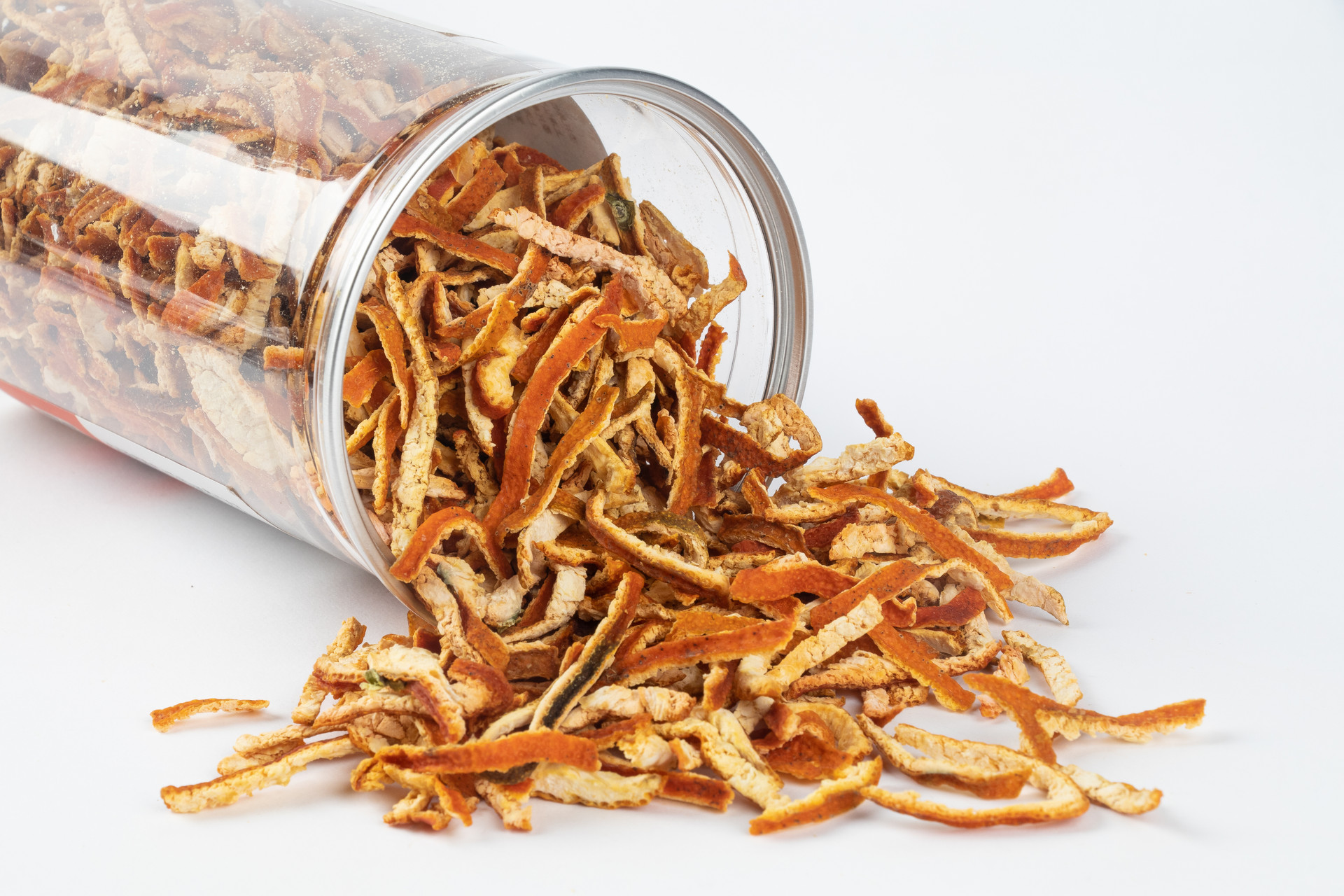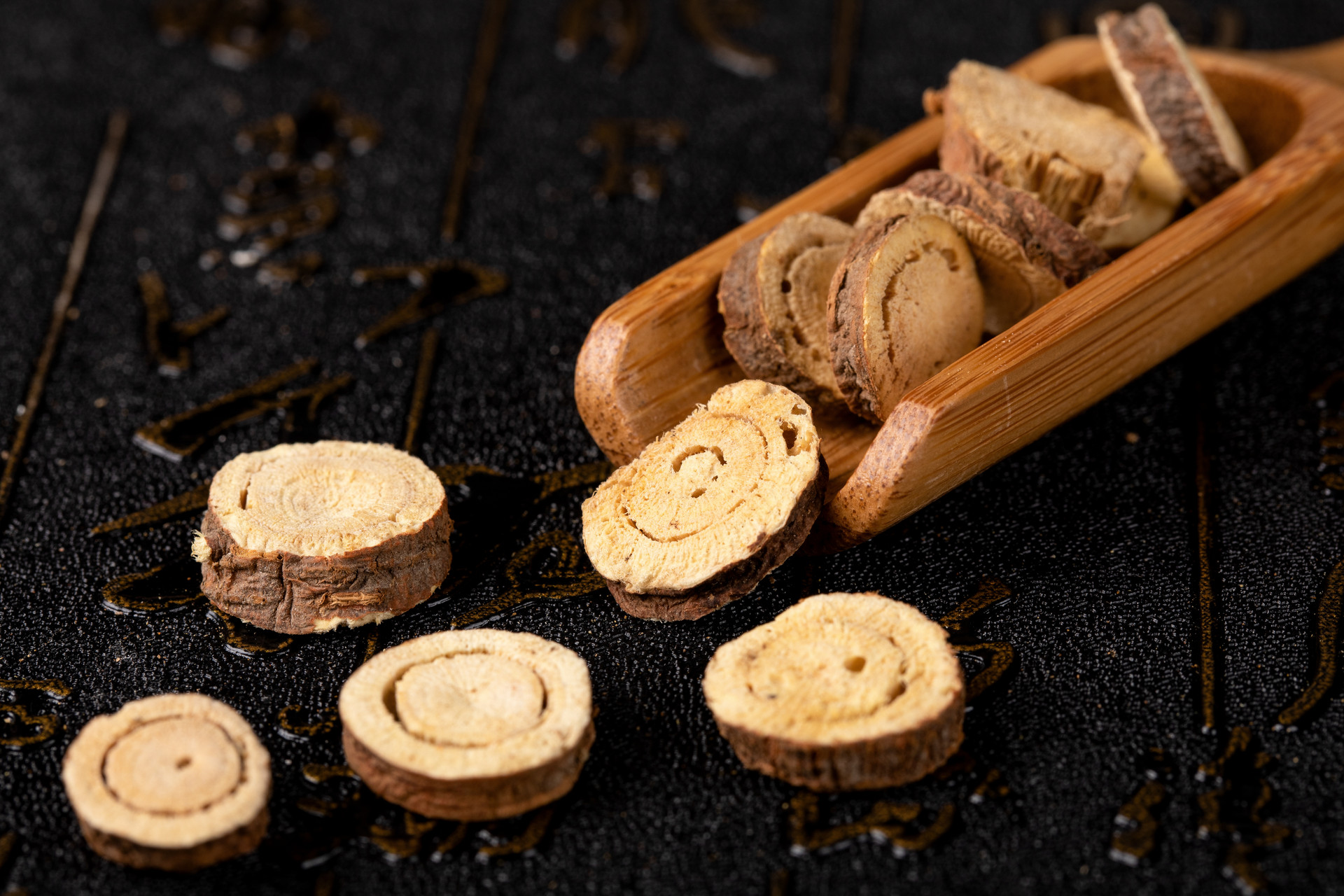Bovine bezoar, also known as rhinoceros bezoar or ugly treasure, is recorded in the "Shennong's Herbal Classic". It is the dried gallstone of the domestic cattle (Bos taurus domesticus Gmelin). When slaughtering cattle, if bovine bezoar is found, the bile should be immediately filtered, and the bovine bezoar should be removed and dried after removing the external fascia.
[Processing Method] "The Leigong's Roasting Theory": "When using, it should be pounded separately and finely ground like dust." "The Bureau's Method": "When using, it should be finely ground separately before being used as medicine." Currently, the original medicinal material is taken, impurities are removed, and it is ground into fine powder.
[Characteristics of the herbal pieces] It is a brownish-yellow or golden-yellow fine powder. It is delicate and shiny. It has a clear and fragrant smell, and a bitter taste followed by sweetness.
[Quality requirements] The moisture content should not exceed 9.0%. The content of bilirubin, calculated on a dry basis, should not be less than 35.0%.
[Processing function] Bovine bezoar has a bitter and cooling taste. It enters the heart and liver meridians. It has the functions of clearing the heart and resolving phlegm, opening the orifices, cooling the liver, and relieving wind and detoxification. Bovine bezoar is mostly used for conditions such as delirium due to febrile diseases, stroke-induced confusion, epilepsy seizures, mania due to epilepsy, sore throat, mouth ulcers, and abscesses. It is often used in emergency situations in the form of pills along with other ingredients such as coptis root, scutellaria root, gardenia fruit, musk, and borneol, such as Qingxin Pills with Bovine Bezoar (Bureau's Method), Angong Pills with Bovine Bezoar (Wenbing Tiaobian), and Zhibao Dan (Bureau's Method). After processing, the main purpose is to ensure the purity of the medicine and facilitate dispensing and formulation.
[Processing research] During the Southern and Northern Dynasties, it was pounded separately and finely ground like dust, and it was combined with cowhide (The Leigong's Roasting Theory). During the Song Dynasty, black beans were added in the processing (Taiping Shenghui Fang). In the Ming Dynasty, methods such as juice processing were added (Puji Fang). Natural bovine bezoar has significant and long-lasting antihypertensive effects on spontaneously hypertensive rats and renal hypertensive rats. The mechanism of action may be related to its anti-adrenergic effects. In addition, two smooth muscle contractile components, SMC-F and SMC-S2 (possibly two bile acid peptides), extracted from bovine bezoar, caused a significant but transient decrease in blood pressure when injected intravenously in anesthetized rabbits.




